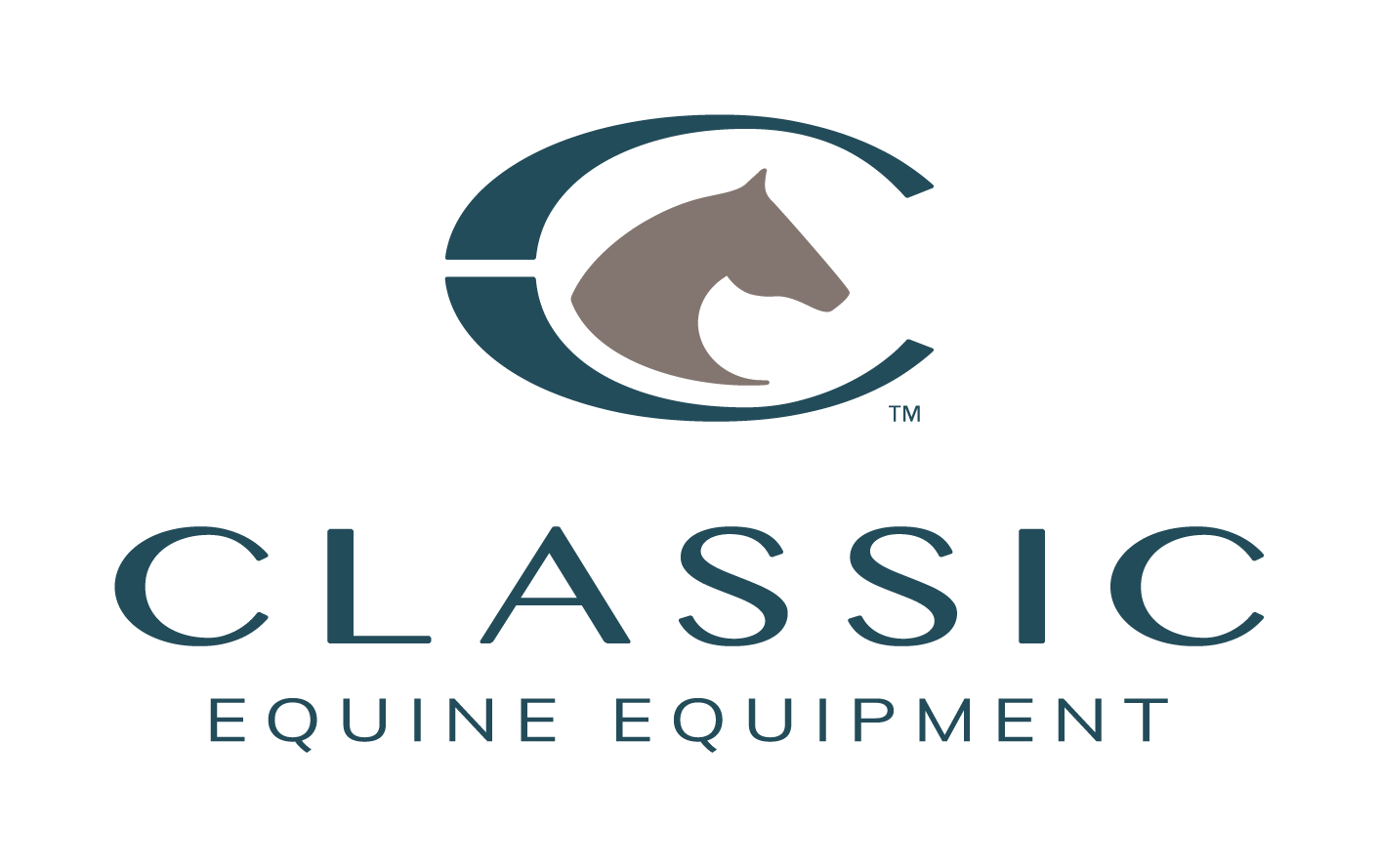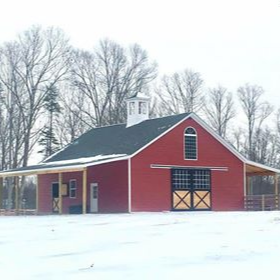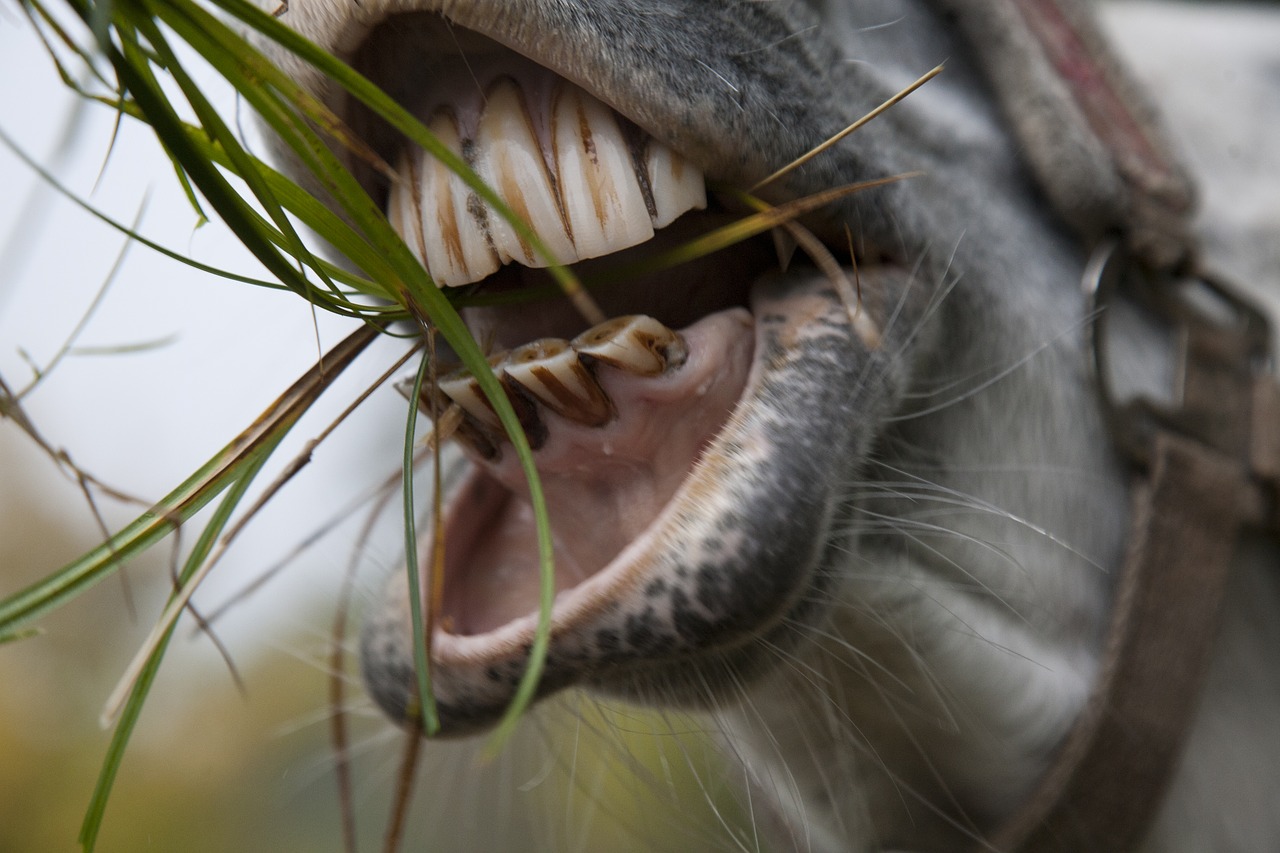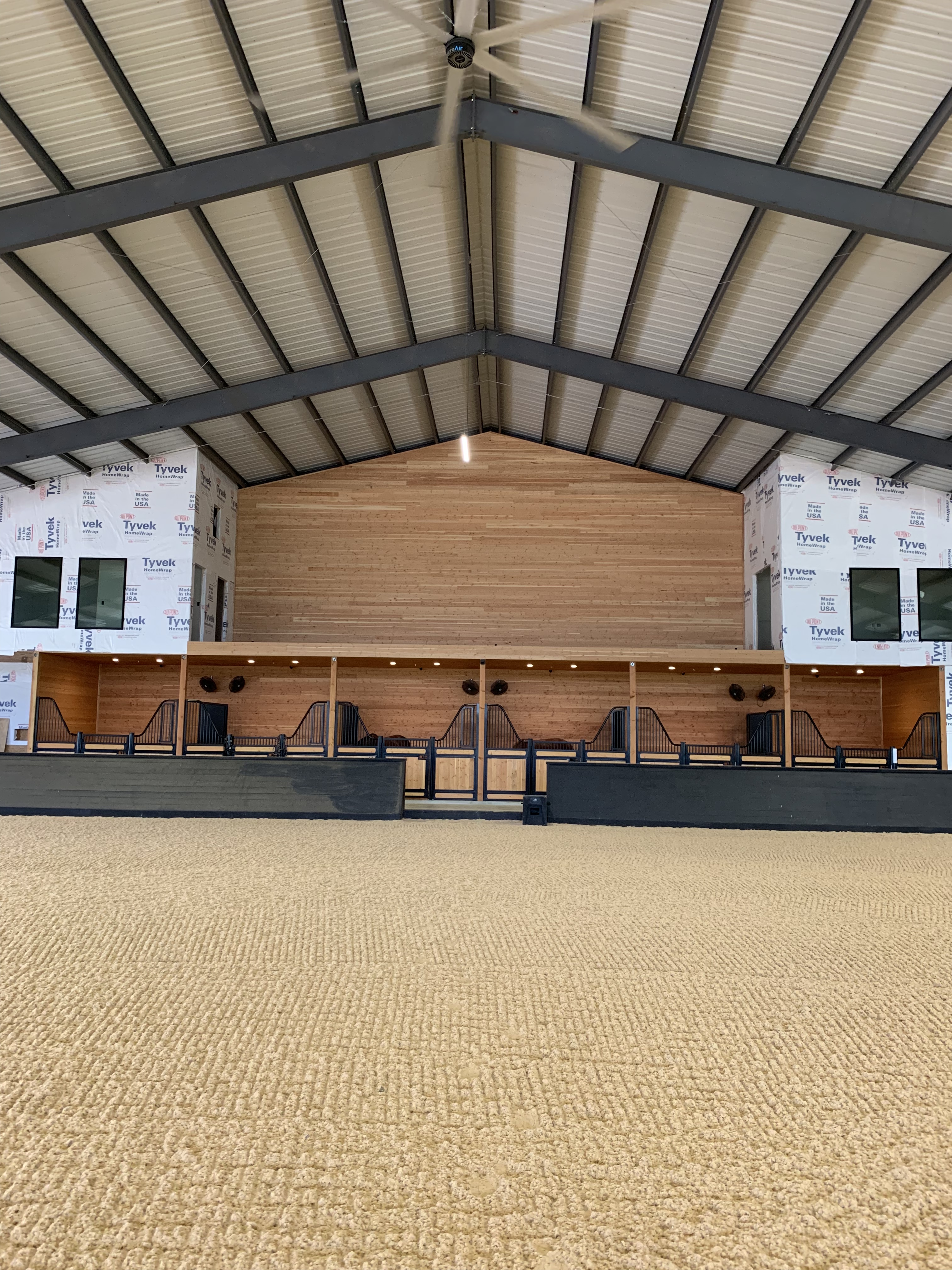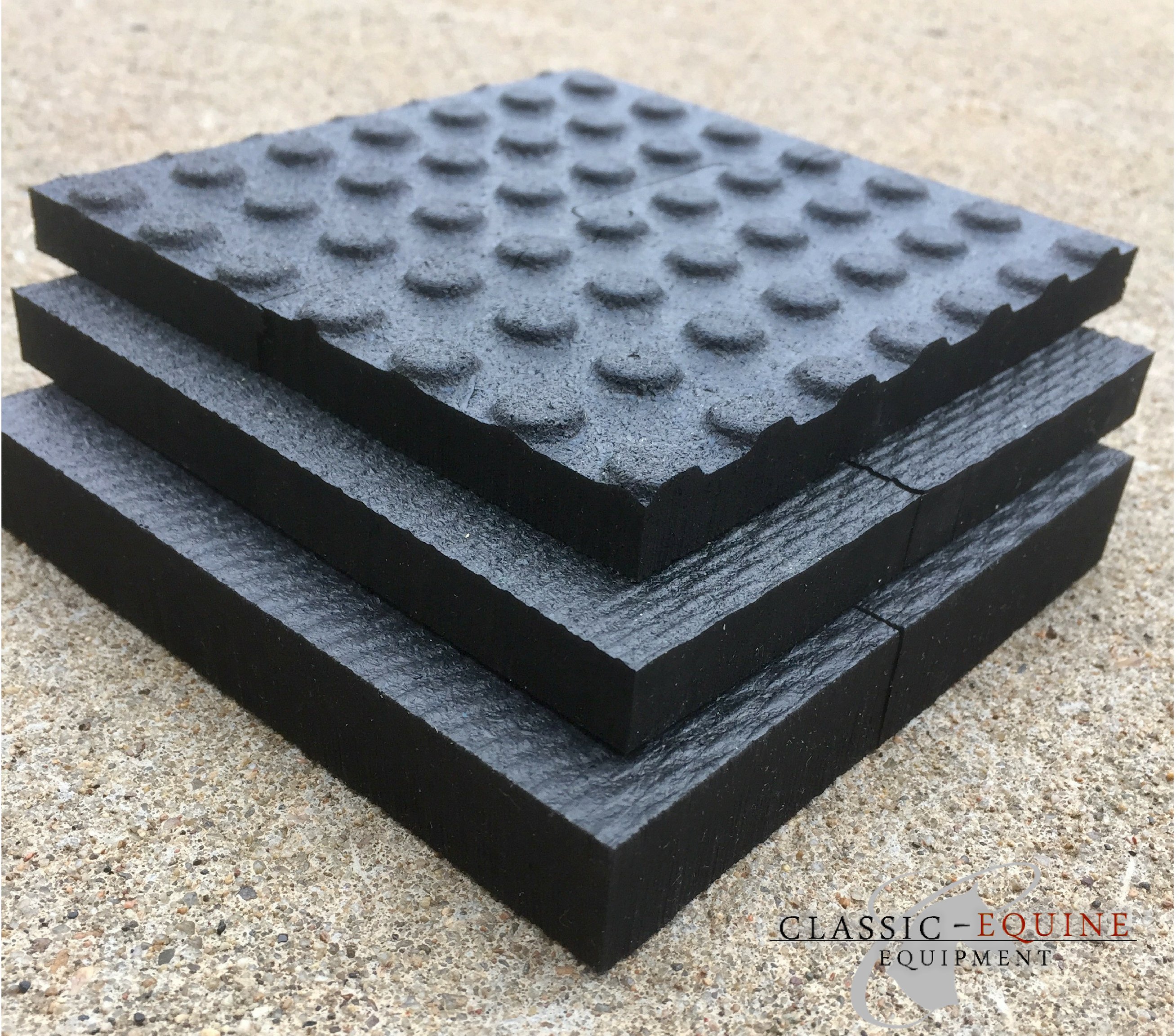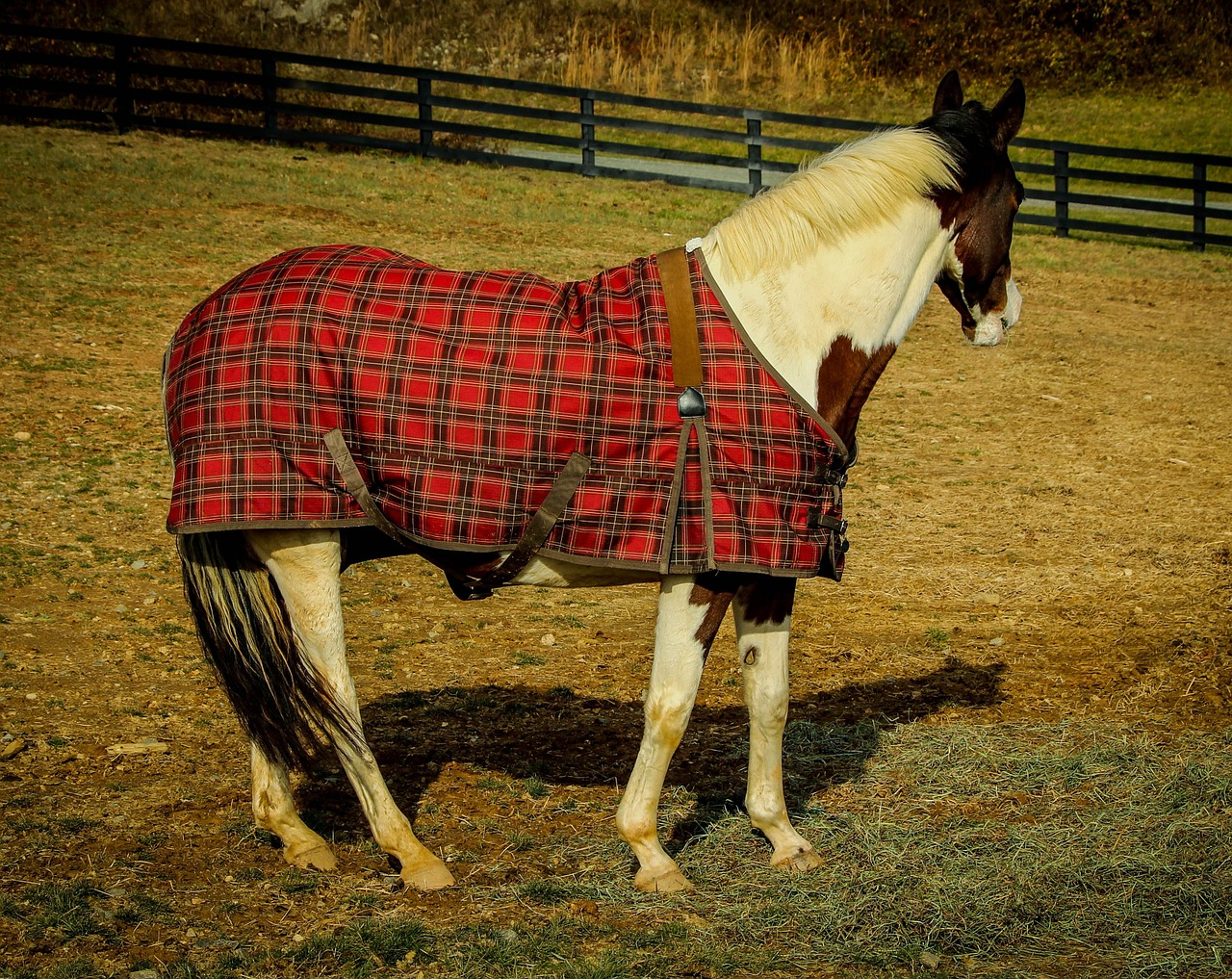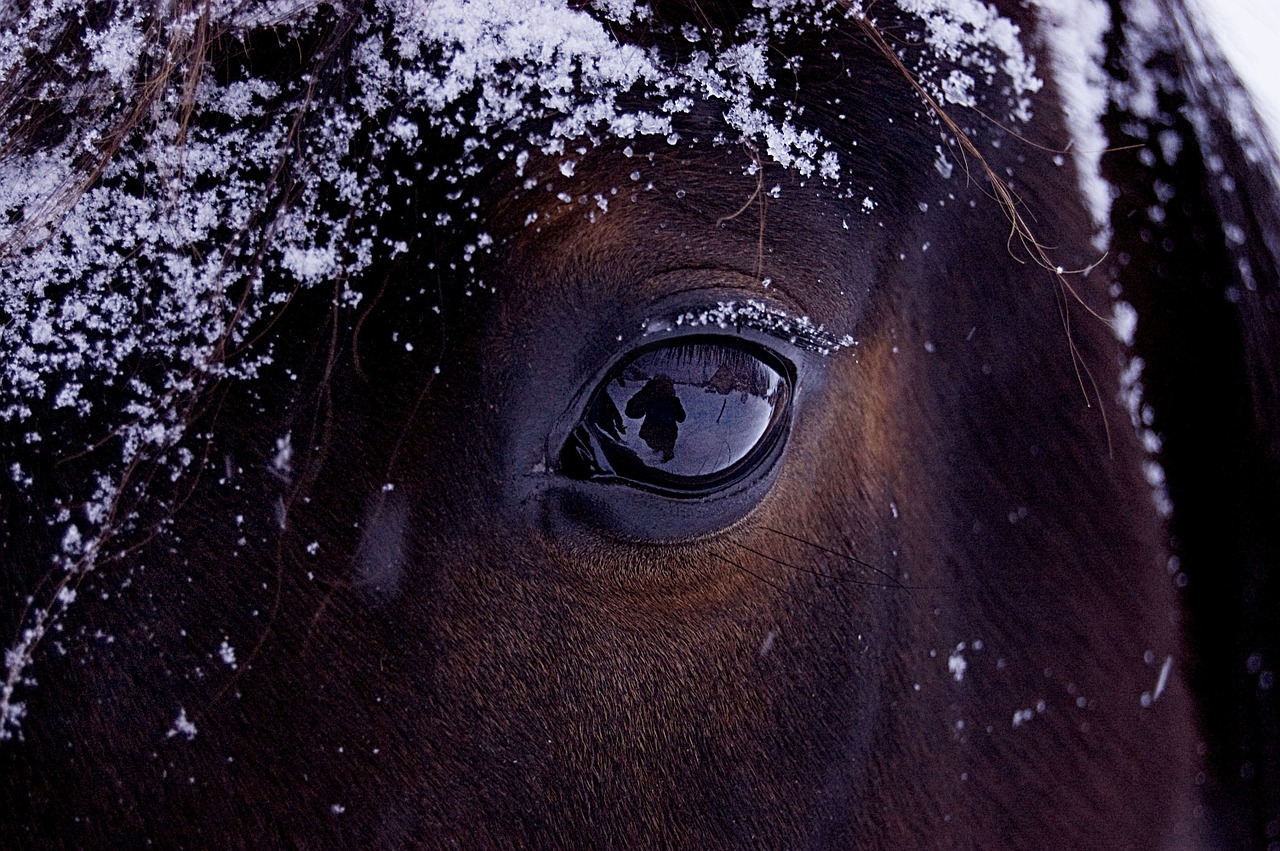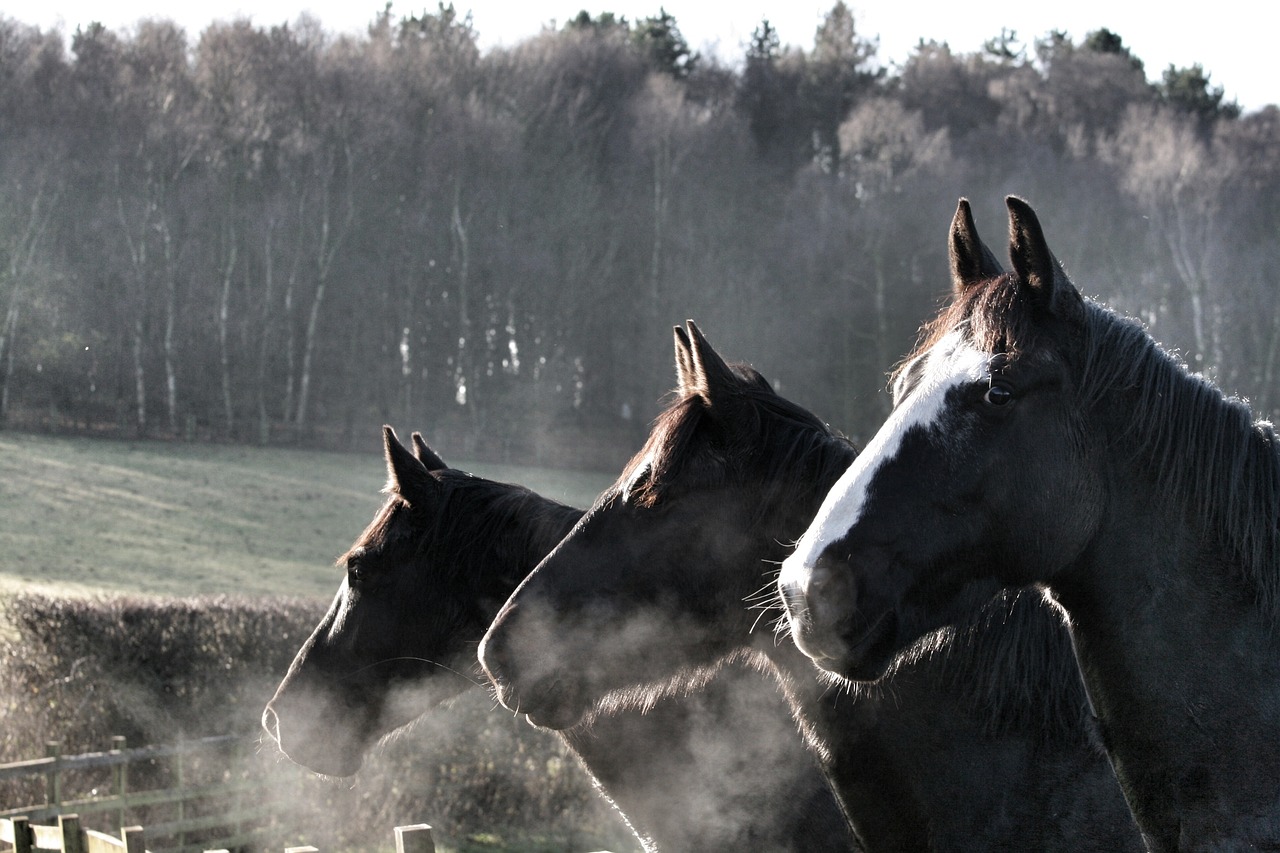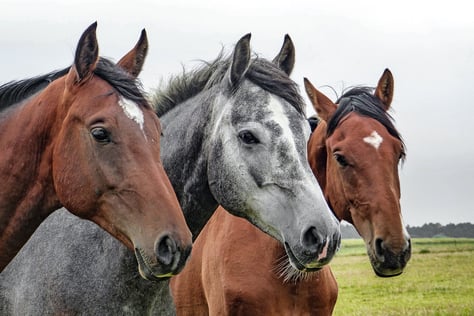Safety is always a consideration when transporting your horse, but winter weather adds an extra challenge to trailering your horse. Consider these tips before starting out.
It’s important to know how much snow your barn, especially the roof, can handle. Do your research and find out your local snow-load requirements. These requirements are based on the climate and past snowfall, and can better inform you about the conditions that your barn will need to be able to withstand. While it’s a good idea for your barn to meet these requirements, it’s an even better idea to make your barn stronger and able to withstand more rigorous requirements, just in case.
Horses are both heterodontous and diphyodontous, which means that they have teeth in more than one shape (there are up to five shapes of tooth in a horse’s mouth), and have two successive sets of teeth, the deciduous (“baby teeth”) and permanent sets.
Your Horse Sent Us A Christmas Wish List For His Stall
Your horse spends a lot of time in their stall. Here are some things he wants you to know will keep him happy and safe.
Are Off-Track Thoroughbreds A Good Bet?
If you are considering buying a new horse, consider the OTTB (off-track Thoroughbred). Why is an OTTB a good deal? They are typically still young. Thoroughbreds start racing as two-year-olds and don’t race much past five unless they are highly talented.
How You Can Justify Building an Indoor Arena
Think building an indoor arena is an indulgence you can’t really justify? Not so! There are several financial and horse care reasons why it makes sense.
Deter Thrush With An Ounce Of Prevention
Thrush, a disease of the horse’s frog and other tissues of the hoof, has a very strong odor that comes from dead, rotting tissue and usually a dark-colored slimy substance along the edge of the frog. A case of thrush is not life-threatening, but left untreated the infection can spread to under the sole and penetrate the soft tissue of the hoof, including the laminae.
A Blanket “Capsule Wardrobe” For Your Horse
If you decide to blanket your horse this winter, there are literally hundreds of choices out there – stable sheets, turnout blankets, coolers and more. Most horse owners have an extensive “wardrobe” for their horses – something for every occasion. But you can easily get by with just three essentials - a “capsule wardrobe” as they say in the fashion world.
Horses can actually do quite well without a blanket in even the most harsh winter storms. Their coat fluffs up like a blanket providing extra warmth and insulation. But there are circumstances when your horse really does need a blanket. Here are some things you’ll want to consider:
5 Things To Do To Get Your Horse Ready For Winter
By preparing your horse for winter, you’re ensuring that he will be healthy and better able to deal with the cold weather.
